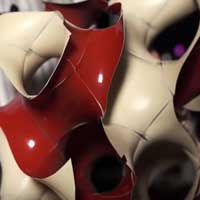 Scientists report their characterization of a soft-matter double gyroid. What they briefly thought would be a perfect double gyroid, its curving arrangement of nodes and rods repeating ad infinitum, was not to be. They found instead their hoped-for cubic construction was full of distortions.
Scientists report their characterization of a soft-matter double gyroid. What they briefly thought would be a perfect double gyroid, its curving arrangement of nodes and rods repeating ad infinitum, was not to be. They found instead their hoped-for cubic construction was full of distortions.
Monday, October 28, 2019
Materials scientists detail unexpected distortions in self-assembling polymers
 Scientists report their characterization of a soft-matter double gyroid. What they briefly thought would be a perfect double gyroid, its curving arrangement of nodes and rods repeating ad infinitum, was not to be. They found instead their hoped-for cubic construction was full of distortions.
Scientists report their characterization of a soft-matter double gyroid. What they briefly thought would be a perfect double gyroid, its curving arrangement of nodes and rods repeating ad infinitum, was not to be. They found instead their hoped-for cubic construction was full of distortions.
Scientists synthesized light with new intrinsic chirality to tell mirror molecules apart
 Researchers have shown how to generate and characterize an entirely new type of light, synthetic chiral light, which identifies molecules' handedness exceptionally distinctly.
Researchers have shown how to generate and characterize an entirely new type of light, synthetic chiral light, which identifies molecules' handedness exceptionally distinctly.
Development of mass production equipment for thin magnetic ribbon, minimizing energy-loss
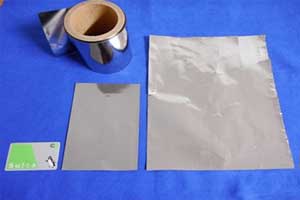 Energy-saving benefits expected in a wide variety of devices through substituting magnetic steel sheets.
Energy-saving benefits expected in a wide variety of devices through substituting magnetic steel sheets.
Topological nanoelectronics
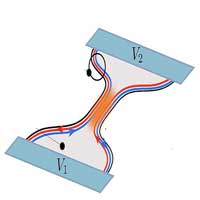 Physicists have succeeded for the first time in constructing an essential element a fundamentally new generation of electronic components - a Quantum Point Contact.
Physicists have succeeded for the first time in constructing an essential element a fundamentally new generation of electronic components - a Quantum Point Contact.
How to move against the current? One answer is 'tilt'-illating
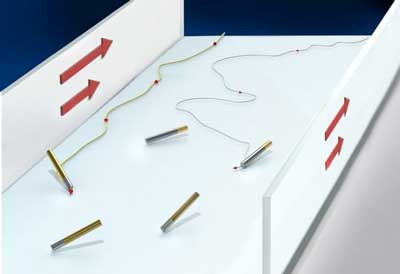 Going upstream, and against a current, involves a front-first downward tilt and then moving along a surface, shows new research by a team of scientists, which created nanomotors to uncover this effective means of locomotion under such conditions.
Going upstream, and against a current, involves a front-first downward tilt and then moving along a surface, shows new research by a team of scientists, which created nanomotors to uncover this effective means of locomotion under such conditions.
An amazingly simple recipe for nanometer-sized corundum
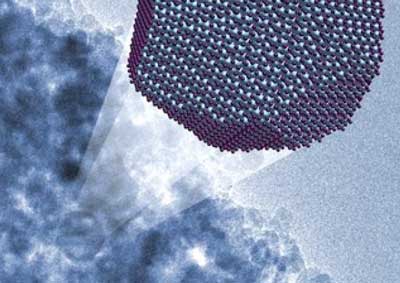 Until now, the practical production of nanocorundum with a sufficiently high porosity has not been possible. The situation has changed radically with the presentation of a new method of nanocorundum production.
Until now, the practical production of nanocorundum with a sufficiently high porosity has not been possible. The situation has changed radically with the presentation of a new method of nanocorundum production.
Small magnets reveal big secrets
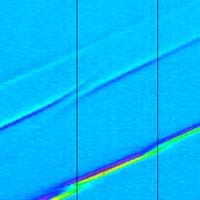 An international research team has identified a microscopic process of electron spin dynamics in nanoparticles that could impact the design of applications in medicine, quantum computation, and spintronics.
An international research team has identified a microscopic process of electron spin dynamics in nanoparticles that could impact the design of applications in medicine, quantum computation, and spintronics.
New research finding gives valleytronics a boost
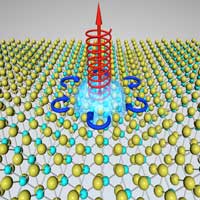 An international research team has revealed a new quantum process in valleytronics that can speed up the development of this fairly new technology.
An international research team has revealed a new quantum process in valleytronics that can speed up the development of this fairly new technology.
How do you know it's perfect graphene? The answer has been there all along
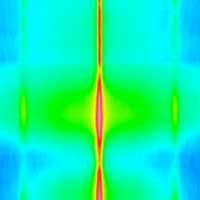 Scientists have discovered an indicator that reliably demonstrates a sample's high quality, and it was one that was hiding in plain sight for decades.
Scientists have discovered an indicator that reliably demonstrates a sample's high quality, and it was one that was hiding in plain sight for decades.
Microscale rockets can travel through cellular landscapes
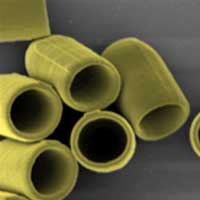 A new study shows how tiny robotic vessels powered by acoustic waves and an on-board bubble motor can be maneuvered through cellular landscapes using magnets.
A new study shows how tiny robotic vessels powered by acoustic waves and an on-board bubble motor can be maneuvered through cellular landscapes using magnets.
Subscribe to:
Comments (Atom)
